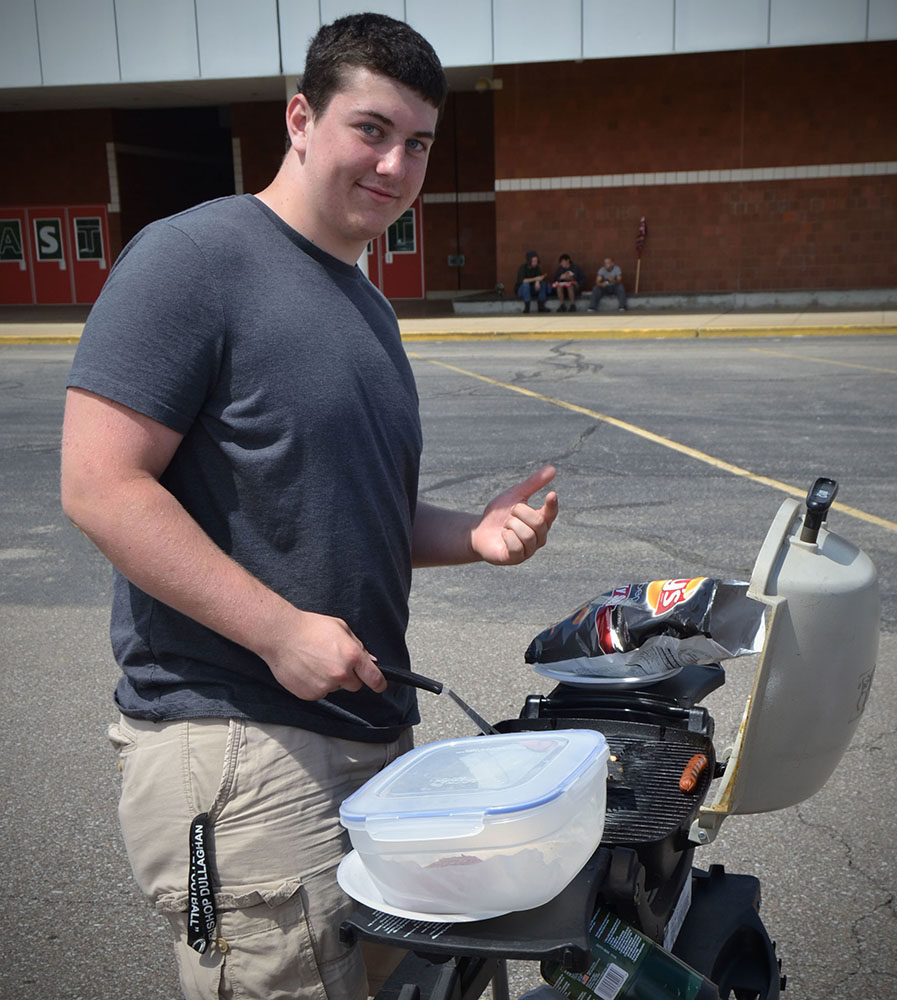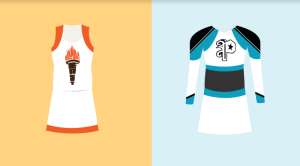Physics class heats up for solar cooker race
May 25, 2017
On Monday, May 22, physics students congregated in the bus lot during their lunch mods and attempted to boil water the fastest using handmade solar cooker contraptions. The teams had 45 minutes to heat their water to 100 degrees celsius with the cookers, which were built using simple materials such as cardboard, tin foil and duct tape.
The project, led by physics teacher Dellvenna Hambling, is designed to teach physics students about the properties of light and how it can be manipulated to quickly heat objects. Water was contained in a long metal pipe, which was placed in the middle of a cardboard device with a parabolic shape cut in the center covered with tin foil or another shiny material.
Race day was hectic, with over 50 individual teams of students gathered in a line with their solar cookers. It was a sunny day, much to the relief of Hambling and the students. After being given time to allow their project to heat up in the sun, the teams sent one member to a table near the building to attain their water and line up on the curb, which acted as a starting line. When Hambling gave the signal, the team members ran to their contraption and filled the pipe with water, finally placing a stopper with a vent tube and thermometer on the end.
Every two minutes, students recorded the temperature of their water and recorded it on a graph, slowly waiting for the water to rise to 100 degrees celsius. Finally, after 38 minutes, Benjamin Munoz and Paola Ariza saw steam emerge from their vent tube, winning the race. Two other teams managed to produce boiling water, but even those whose water did not boil enjoyed the process.
“[The project] was fun and interesting,” said sophomore Sarah Estes, whose project took about two days to assemble.
Students from Hambling’s two AP Physics classes assisted with monitoring and judging the race, and seemed to have just as much fun as those participating. Some even grilled hot dogs on a grill brought in on the bed of a pickup truck parked in the bus lot.
“It’s kind of fun to see how my physics projects compares to others,” AP student Kyle Frost said.
Overall, students and assistants of all knowledge levels seemed to enjoy the solar race and gained knowledge of the physics behind the project.






